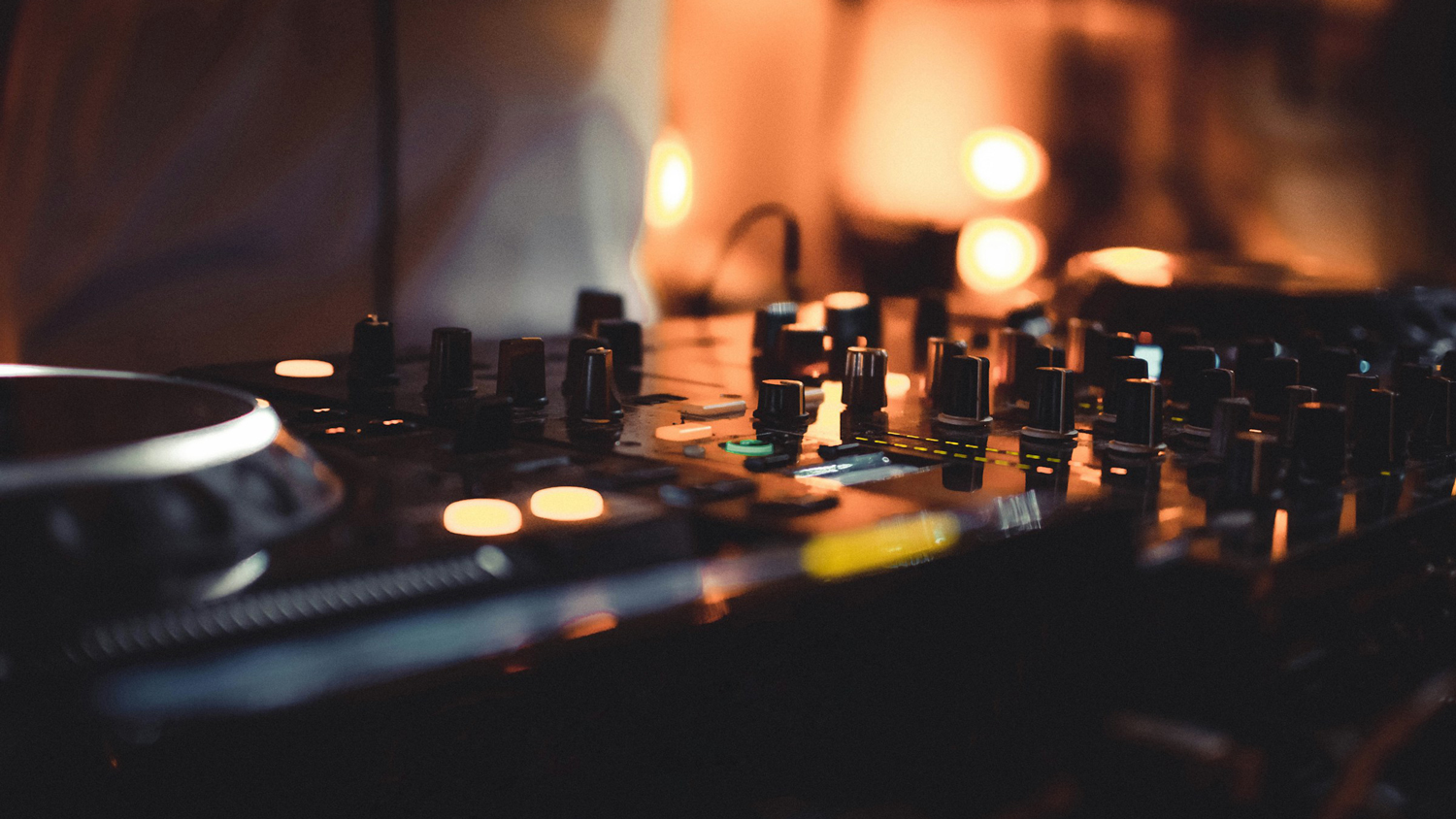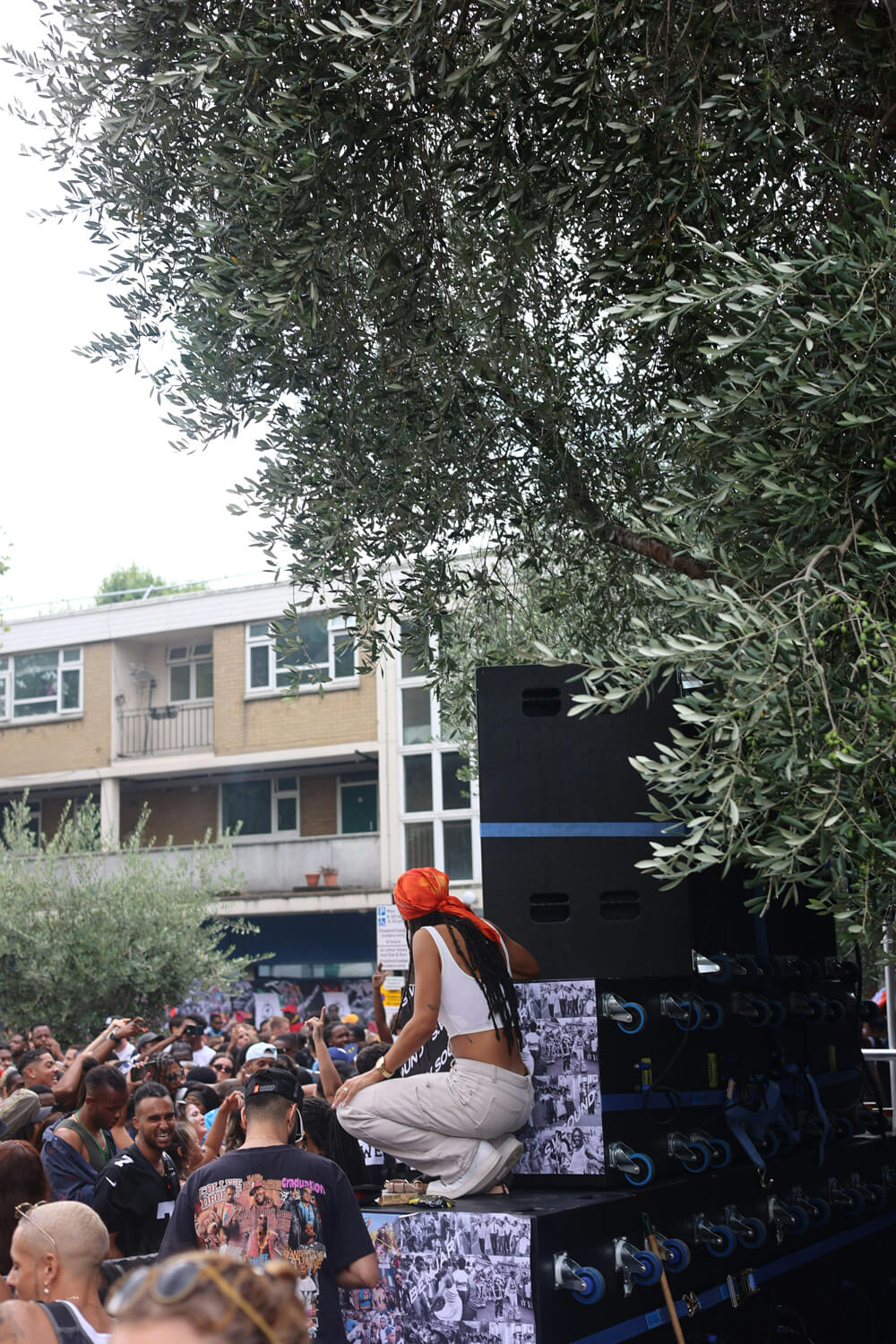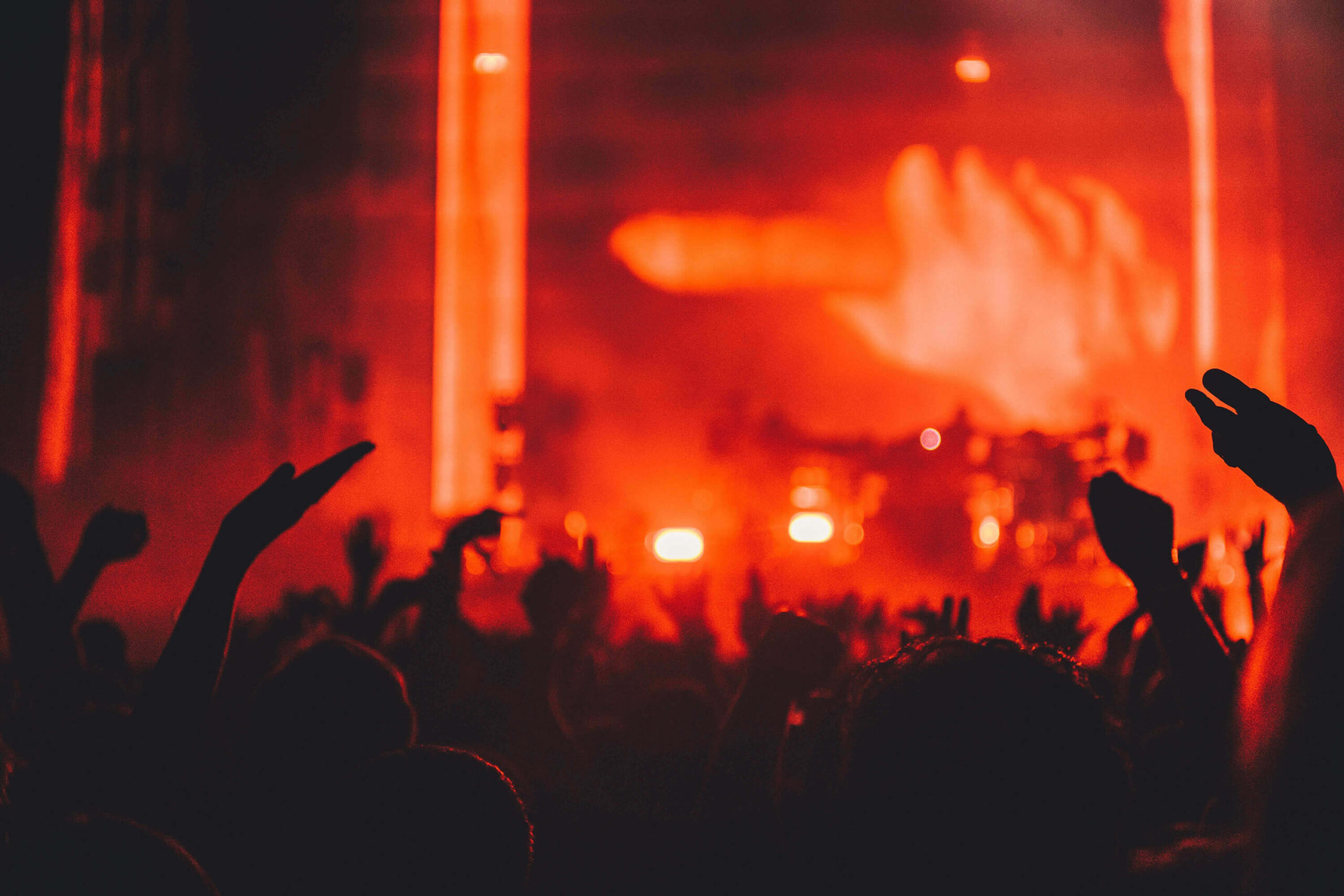
The Evolution of Sound Clash Rules: Tradition, Innovation, and Controversy
Sound clashes, a cornerstone of dancehall culture, are competitive events where sound systems battle against each other to prove their domaninace in music selection, crowd response, and overall performance. The roots of these clashes trace back to the 1950s in Jamaica, evolving into a global phenomenon that celebrates reggae and dancehall music. As these events have grown, so have the rules governing them, shaping the dynamics of the clashes and influencing the creativity of participants. This article explores how sound clash rules have evolved, who decides and enforces these rules, and their impact on creativity within the scene.
Origin and Evolution of Rules
Initially, sound clashes were informal gatherings where sound systems would set up nearby and play music alternately to attract the biggest crowd. The “rules” were unwritten and based primarily on respect and the crowd’s reaction. Over time, as clashes became more structured and commercialized, formal rules were established to provide clarity and fairness, turning these gatherings into highly anticipated, organized competitions.
Who Sets the Rules?
The promoters or organizers of the event typically set the rules of a sound clash. These individuals or organizations, often deeply embedded within the reggae and dancehall communities, use their understanding of the culture to craft rules that uphold the spirit of competition while ensuring a fair and engaging event for fans. For more significant, more formal clashes, such as Red Bull Culture Clash or World Clash, rules might be standardized to some degree to maintain consistency across events.
“The rules of sound clashes, like the events themselves, are a dynamic and evolving element of dancehall culture.”
Enforcement of the Rules
Enforcement is crucial in maintaining the integrity of sound clashes. It is usually the responsibility of the event’s MC (Master of Ceremony) and a panel of judges. The MC plays a pivotal role in hyping up the crowd and ensuring that the sounds adhere to the time limits and other rules of engagement. Judges, often respected figures in the music industry, are tasked with making key decisions in cases of disputes or rule violations.
Communication to the Audience
The rules are communicated to the audience primarily through the MC. Before the clash begins, the MC typically outlines the main rules, such as the structure of rounds, what is and isn’t allowed during performances, and how winners will be determined. This ensures the audience understands the judging criteria and can fully engage in the event, cheering for their favorite sound systems and reacting to the performances.
Impact on Creativity
One of the most debated aspects of sound clash rules concerns their impact on creativity. Critics argue that certain rules, such as strict time limits or bans on certain types of dubplates in certain rounds, can stifle creativity. For example, the rule against playbacks (playing the same dubplate in multiple clashes) is intended to encourage sounds to innovate continuously and create fresh content. However, these rules can also place a significant financial and logistical burden on competitors, potentially limiting their ability to experiment and innovate.
Conversely, some argue that rules enhance creativity by forcing competitors to think strategically about their song choices, how they engage the audience, and how they respond to their opponents. Paradoxically, the limitations imposed by rules can lead to creative breakthroughs as competitors find new ways to stand out within the constraints.

The Future of Sound Clash Rules
Sound clash rules continue to evolve as the digital age introduces new technologies and platforms. The integration of social media, streaming, and digital music files has already begun to influence how clashes are judged and experienced. Future organizers will have to balance tradition with innovation, ensuring that sound clashes remain a dynamic and relevant part of music culture.
In conclusion, the rules of sound clashes, like the events themselves, are a dynamic and evolving element of dancehall culture. They are shaped by a deep understanding of the community’s values and a desire to foster a fair and exciting competition. As sound clashes continue to adapt to new cultural and technological contexts, the rules will undoubtedly continue to evolve, hopefully fostering an environment where creativity and tradition can thrive together.
Subscribe to newsletter
You may also like
The Power of a Good Sound System in a Sound Clash: Momentum and History
In the world of sound clash, where musical skill, track selection, and dubplate exclusivity reign su
A Guide to Sound Clash Terminology: Know the Lingo
Sound clashes are electrifying events where the art of musical competition takes center stage. Steep
Understanding Biased Crowds in Soundclashes: Are They Detrimental to the Culture?
While biased crowds are a reality in the world of soundclashes, their impact can be mitigated with t



